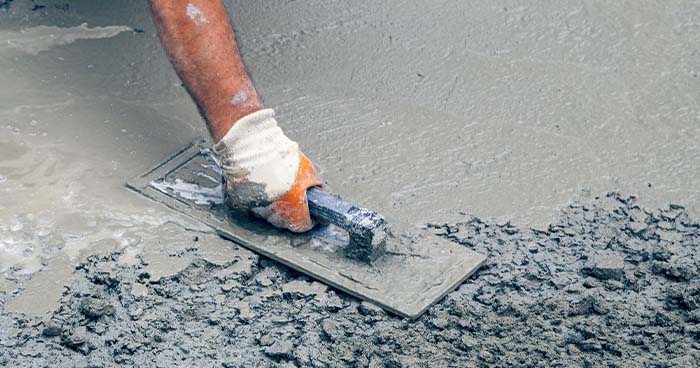What does it take to fix a slab leak?
by Shawn William Creative Writer
A slab leak is a common and possibly a serious
plumbing issue that occurs when there is leak within the water lines beneath
the concrete foundation of a building. So, there are no other option than to do
the slab
leak repair.
To detect a slab leak, it requires prompt action to
prevent structural damage and water wastage.
In this post, you can explore the causes of slab
leaks, how to detect them, and the steps involved in repairing this issue.
Causes of
slab leaks
Several facts can contribute to the development of
slab leaks. One primary cause is the erosion of copper or galvanized steel
pipes due to chemical reactions with the soil.
Other common causes may include shifting soil, poor
installation, high water pressure, and abrasion from rocks or debris.
Understanding the root cause is crucial for effective slab leak repair and
preventing future occurrences.
Detection
of slab leaks
Detecting a slab leak early is essential to minimize
damage and reduce the slab leak repair costs. Homeowners
should be vigilant for signs that are:
Increased
water bills: A sudden spike in water bills without a
corresponding increase in usage can indicate a hidden leak.
Damp spots
on floors: Slab leaks can lead to warm or damp areas on the
floor, especially if the leak is in a hot water line.
Mold or mildew:
Excessive moisture from a slab leak can create an environment conducive to mold
and mildew growth.
Cracks in
walls or floors: Shifting soil caused by water leakage can lead to
visible cracks in the walls or floors.
Low water
pressure: A reduction in water pressure throughout the house
may indicate a leak in the water supply system.
Repairing
slab leaks
Once a slab leak is identified, immediate action is
crucial to prevent further damage. The slab leak repair process involves
several steps:
Leak location
and access: Professional plumbers use advanced detection
methods, such as electronic leak detection equipment, to pinpoint the exact
location of the leak. Once it is identified, access points are created through
the foundation to reach the affected pipes.
Pipe repair
or replacement: The damaged section of the pipe is either repaired
or replaced, depending on the extent of the damage. Modern techniques may
involve pipe lining or rerouting to minimize disruption to the foundation.
Restoration:
After the slab leak repair, the access points in the foundation are
closed, and any damage to flooring or walls is repaired. This may involve
concrete patching, retiling, or other restoration work.
Preventive
measures: To reduce the risk of future slab leaks, homeowners
can consider installing a water softener to minimize pipe erosion, maintaining
consistent water pressure, and scheduling regular plumbing inspections.
Sponsor Ads
Created on Jan 4th 2024 11:08. Viewed 85 times.



